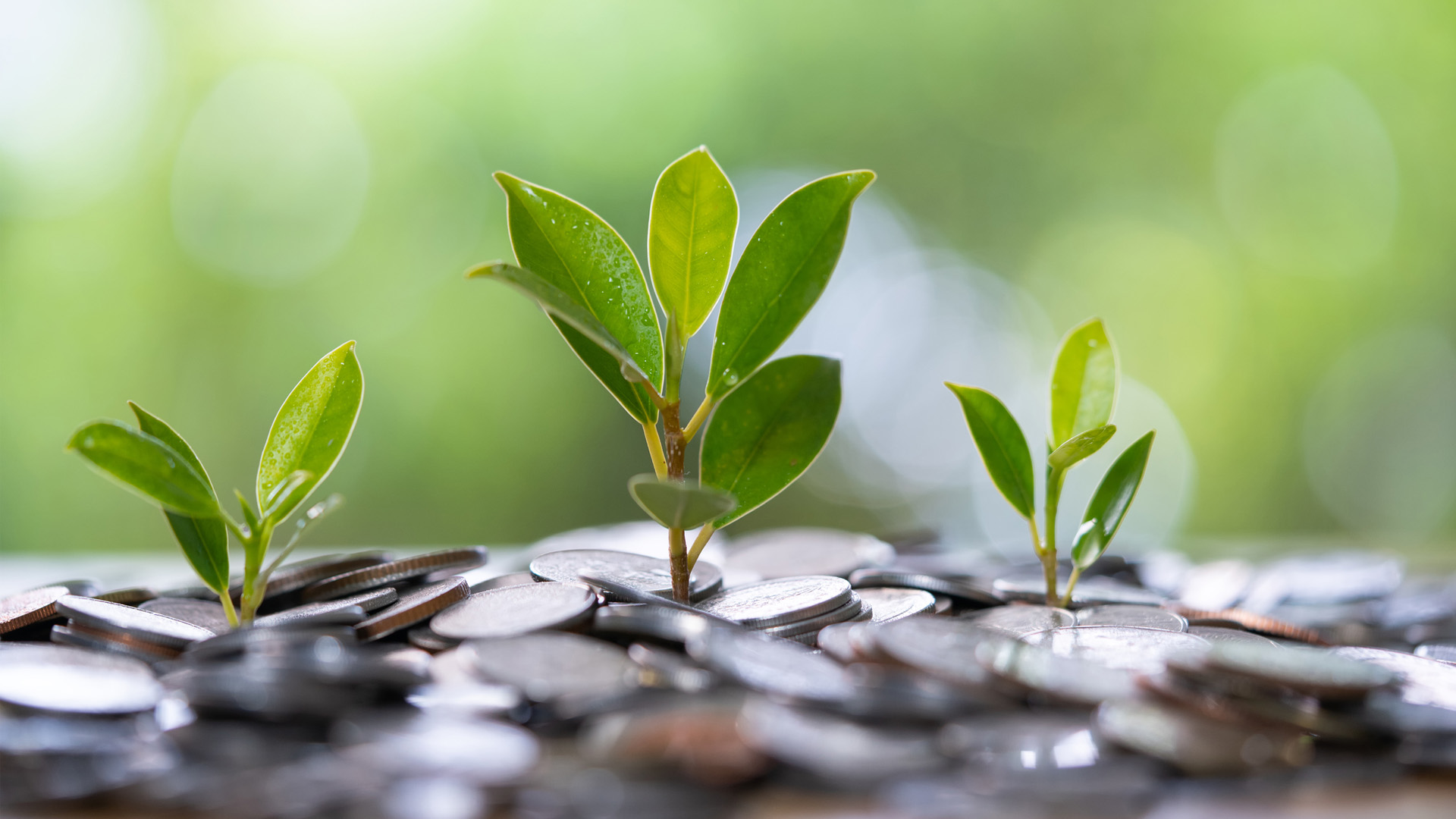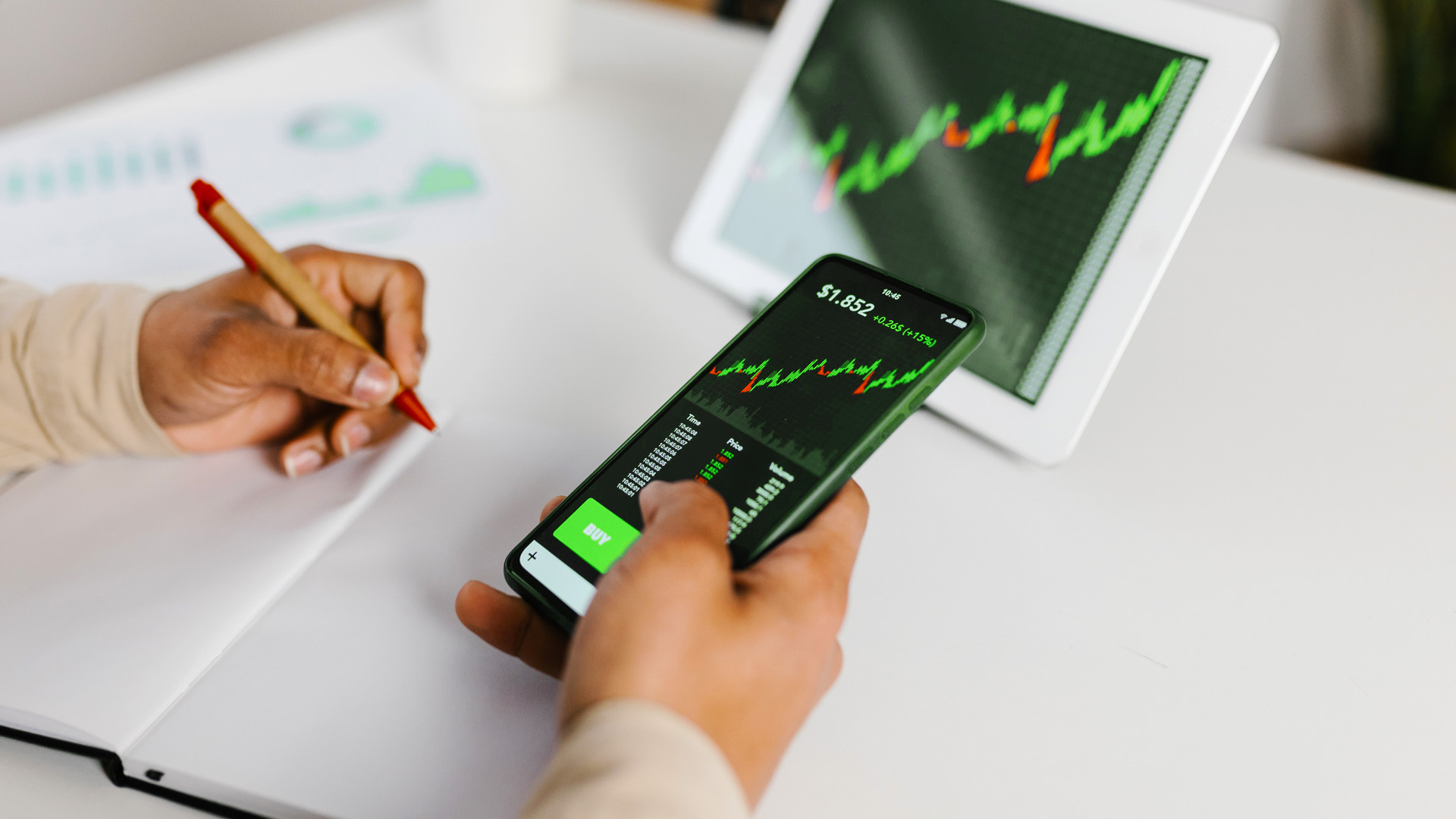For many people, art is a passion that brings joy and meaning to life – but it is also a way to build wealth. Van Gogh sold only one painting in his lifetime, The Red Vineyard, in the early 1890s. Today, he is one of the most renowned names in the art world, and his works are worth millions of dollars – one of his paintings sold for a jaw-dropping $117.2 million in 2022!
Many investors find it useful to think of art as a non-traditional investment – one that is often more resilient when global markets are in turmoil. Consider asking your financial adviser whether they think art should be among the assets you add to your investment portfolio.
Some investors hesitate to include art among their investment assets because it requires expert knowledge to tell ‘good’ art from ‘bad’ art – or more accurately, art that is likely to increase in value from art that isn’t. Luckily, you can engage expert consultants in the sector and consider a wide range of opinions when buying or selling art, so you don’t have to rely on your own judgment alone.
Getting to know the art world and its key players
The art market may seem complicated and inaccessible, but advice and ways in are plentiful. The museums, galleries, collectors, dealers and auction houses that buy and sell artworks collectively make up this market.
Dealers are like the matchmakers of the art world, bridging the gap between artists and collectors. They often champion upcoming artists and help them find their feet in the market. But don’t forget that dealers take a cut of the sale, so they’ll do their best to promote any artwork on their books at the best price they can get.
Auction houses and galleries provide a platform for buyers and sellers to meet. Galleries typically exhibit works by established artists, or artists that they believe are about to make it big. They usually also represent these artists directly to the buying public, museums, and private institutions. The gallery network is sometimes called the primary market.
In 2019, before Covid lockdowns, global auction sales of fine art were the highest they have ever been
Auction houses provide buyers the opportunity to acquire works previously sold to collectors or museums, so these are often rare pieces. The auction segment is referred to as a secondary market, and the proceeds of sales made at auction usually go to the owner selling the piece, not the artist.
If you’re investing in art, you fit in with the collectors. Some collect art purely for the love of the artworks themselves, while other collectors are more concerned with a work’s potential as an investment. If you invest carefully, of course, you can buy art that gives you aesthetic pleasure to own, while still growing the value of your investment portfolio.
Art as a resilient investment
In 2019, before Covid lockdowns, global auction sales of fine art were the highest they have ever been, reaching 550,000 works globally, generating a total value of $13.3 billion. The market grew in all regions, led by the United States, the United Kingdom and China.
The attractive returns on art over the past few decades have outperformed many other investments, and the art sector has become an independent, fast-moving, efficient market on all continents. Along the way, it has resisted the fallout from global crises such as 9/11 and the financial crash of 2007/2008, proving its resilience.
There has been a rapid increase in the art-buying population from roughly 500,000 after 1945 to over 90 million in 2019. We’ve also seen a significant reduction in the average age of those involved in the art market, including buyers, and a major geographical expansion of the market to nearly all of Asia, the Pacific Rim, India, South Africa, the Middle East and South America.
Because art is a tangible and unique asset, it provides not only potential financial return, but also a sense of pleasure and cultural significance to its owners. It can be experienced and enjoyed, adding a different dimension to investing.
From an investment point of view, the value of artworks in the historic, modern and contemporary segments has averaged a 25% increase globally in the past 20 years. The contemporary segment alone has averaged an 88% increase!
So, how do you, as a new collector, learn to spot contemporary artists worth investing in and acquire work that will grow in value?
How to invest in art
- Get to know the art world
Attend art exhibitions and get to know the crowd. This lets you network and learn from those who have been in the game for some time. You’ll be amazed at how much you can learn at these gatherings.
Collecting art is a great way to grow generational wealth, as artworks tend to gain value over the years
- Research
As it is with any investment, it’s essential to evaluate potential purchases carefully. Look into the artist’s reputation, past sales, and overall market trends. Don’t be afraid to ask questions and seek expert advice to avoid potential pitfalls.
- Work with a budget
When starting out, you will want to play it safe with affordable options, such as prints or limited-edition works. These still have the potential to appreciate in value, while being easier on your wallet.
- Get your art appraised
Having your art appraised by a reputable appraiser or art specialist helps determine the value of your collection and potentially, how much it could be worth in the future. Appraisers can also advise on securing and protecting your collection against theft or damage, and how to insure it through specialised insurance providers.
Art is a long-term investment
Collecting art is a great way to grow generational wealth, as artworks tend to gain value over the years. Because art is not a liquid asset, it can take time to sell and find a buyer willing to pay the right price. It is also an incentivised asset class, with many tax and estate duty benefits.
Considering those 3 factors, art investment is best approached as a long-term strategy. But since investing in art goes beyond mere financial gain, keeping it for a long time is not a hardship. Owning beautiful pieces can bring joy and meaning to your life and, through investing, you get to support the arts and artists you admire while growing your wealth.
With some research and careful consideration, investing in art can be an accessible and fulfilling way to diversify your portfolio.








